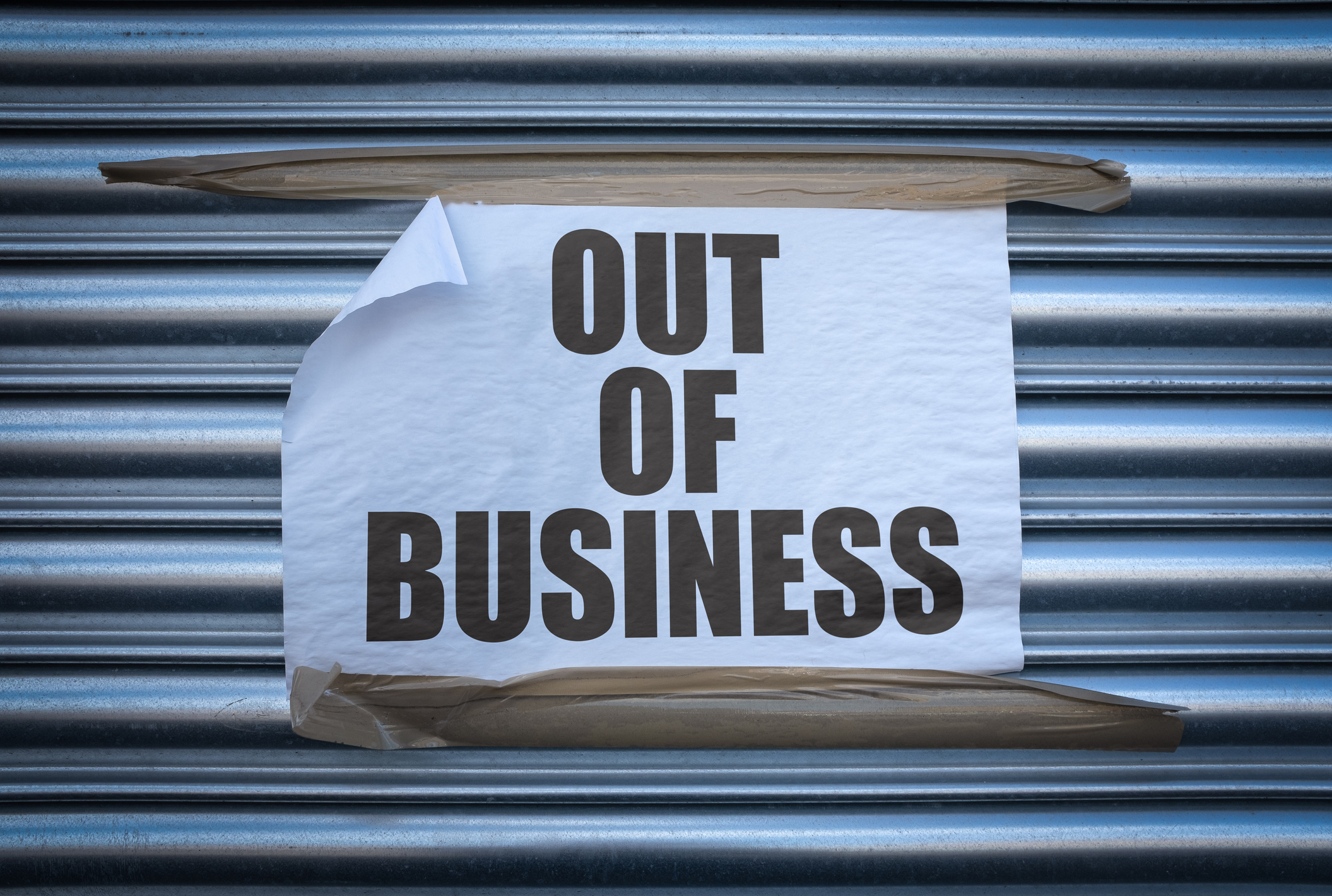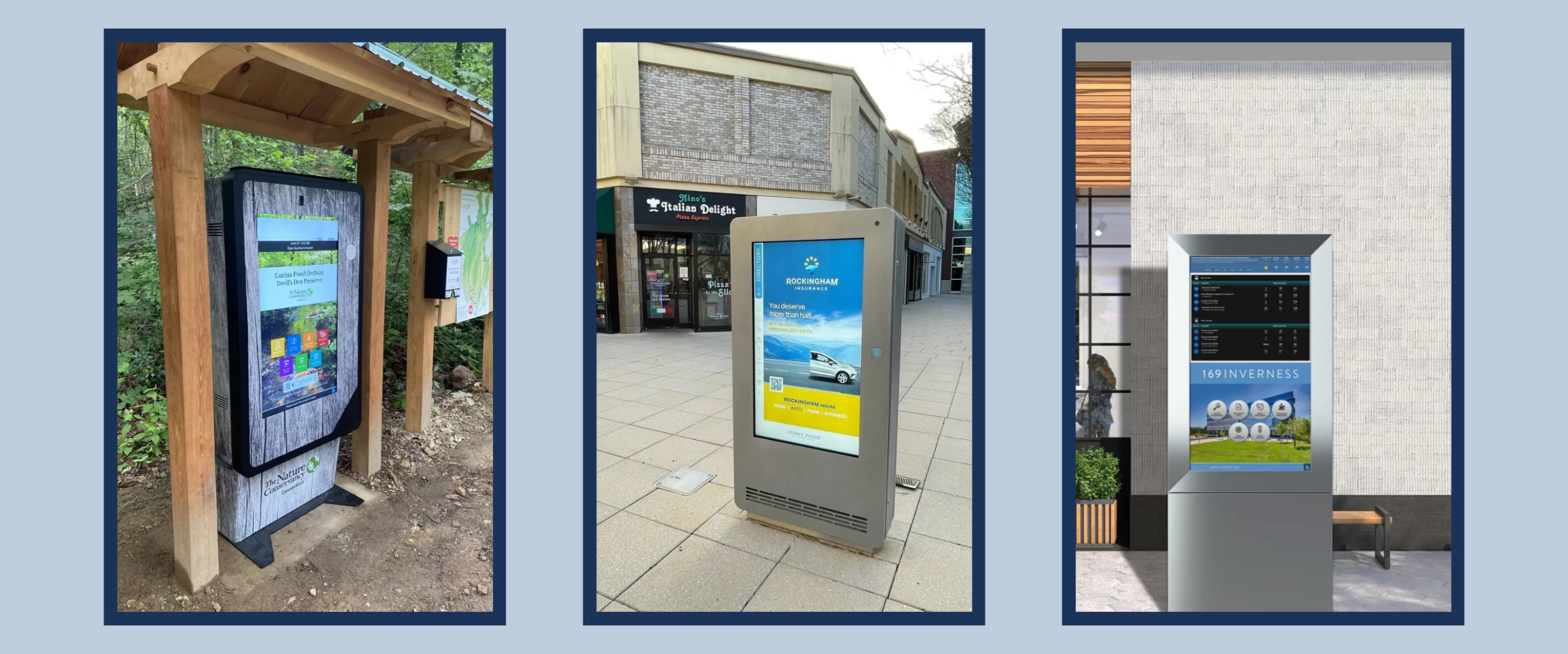The Future of Retail is…?
I just got back from RECon 2019—an event in which retailers and retail spaces converge to make deals and define the next generation of public spaces for consumers. There were dozens of booths touting a variation of the phrase ‘The Future of Retail’. It’s clear that retail is changing. It’s also clear that there’s no consensus on what that change will look like.
That said, there are three big ideas emerging:
1. Main Street Makes a Comeback. But it’s getting a modern twist. Every major developer that I spoke to views shopping centers as today’s new Main Street. They see how lifestyle, dining, healthcare and amenities draw people together. That’s why they envision people taking care of daily needs—from shopping right after visiting the doctor to a workout, coffee, and work—all in the same place. This multi-use world is already in play in many centers and is driving redevelopment and reinvestment at a rapid pace.
2. Disrupters are everywhere. A hot topic for discussion was industry disruption. While headlines have long forecast the death of brick and mortar, new research from JLL shows that “…consumers overwhelmingly prefer physical retail, given that online shopping still only makes up about 10 percent of total retail sales”, according to Edmund Mander, Director and Editor-In-Chief, SCT.
Nearly 40 percent of the 1,500 shoppers surveyed said their choice of shopping center is determined by its food offerings. More than 40 percent want to see open green spaces at their center, while another 40 percent are seeking stores that offer healthy food and drink. ~ The Future of Retail — is very physical: JLL report
What’s happening? Along with the relentless beat of Amazon there’s new disruption in the way consumers travel, work, shop, and relax. Just witness the rise and rapid adoption of co-working spaces, autonomous vehicles, scooter rentals and pop-up markets. Clearly, there’s rapid change in how people want to live and work. Digital transformation is no doubt a part of that—it’s shaping expectations of variety, speed, and convenience. But there’s a concurrent rise in the power of communities, amenities, and technology-infused places that draw people together.
3. Data Reaches Deeper into Retail Spaces. Retail has always been data-rich. With the rise of IoT and digital technologies throughout stories and shopping centers, there’s a new source of insightful data that can be used to target visitors with promotions, recruit and retain tenants and land more sponsorship dollars. From mobile-based tracking to sensors and cameras, there’s more information about visitors, hot spots, and habits. What’s also clear is that the data is becoming overwhelming. I met with a few Chief Marketing Officers and SVPs of Development who said that data wasn’t the problem, they had tons of data. The problem is action. Collectively the industry seems to be yearning for better insights from data that leads to action, recommendations, or guidance for their tenants and retailers.
Bottom Line? Listen and Evolve
The key to innovation is understanding consumers by tapping new sources of insights from the spaces where they spend time. With so many still preferring in-person shopping and lifestyle experiences, there’s plenty of room to connect better with consumers in the spaces where they congregate.













